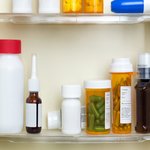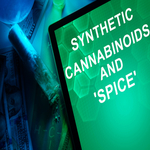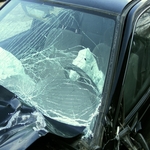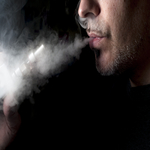People use marijuana more than any other illicit drug, yet the plant has been severely understudied. In recent years the use of marijuana has fallen into a veritable grey area, with states legalizing the drug for both medical and recreational use, despite marijuana being illegal on the federal level. Greater acceptance of marijuana use has led to a surge in research on the drug, regarding both the dangers of use and the plant’s medicinal properties. There is little question about marijuana being more benign than let’s say methamphetamine; however, there are still many scientists who are unsure regarding the long term effects of use.
Many marijuana users, including teenagers, believe that marijuana is harmless; they often say that ‘no one has ever died from marijuana use!’ While that may be true, whenever someone uses a mind altering substance there is an effect on the brain – which may be more serious than you’d might think. What’s more, marijuana has become available in highly potent forms, containing tetrahydrocannabinol (THC) levels upwards of 20 percent; THC is the principal psychoactive constituent found in the plant.
In fact, new research suggests that high-potency marijuana may damage nerve fibers in the brain, which connect the organ’s two hemispheres, HealthDay reports. The study was conducted by researchers at King’s College London.
The research team analyzed MRI scans from 99 people, some of which had been previously diagnosed with psychosis, according to article. The researchers found that frequent use of high-potency marijuana was associated with damage to the corpus callosum, the largest white matter structure in the brain. The corpus callosum is notably rich in cannabinoid receptors. The stronger the marijuana, the greater the damage.
“We found that frequent use of high-potency cannabis significantly affects the structure of white matter fibers in the brain, whether you have psychosis or not,” said senior researcher Dr. Paola Dazzan, of the Institute of Psychiatry, Psychology & Neuroscience at King’s College London.
The findings were published in Psychological Medicine.
While marijuana is legal to use recreationally in four states, including Colorado, it is important that the public be made aware of the risks of use. Like alcohol, just because it’s legal does not mean it is safe. Teenagers are especially susceptible to adverse effects because their brains are still developing. Marijuana can also lead to dependency, which can require outside help. If you or a loved one is addicted to marijuana, please contact Harmony Foundation for assistance, we have been able to help tens of thousands of people learn how to live life free from addiction.







